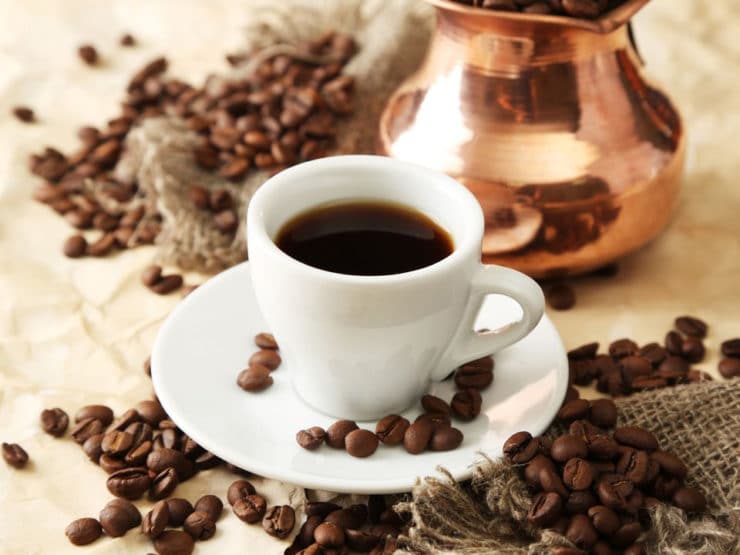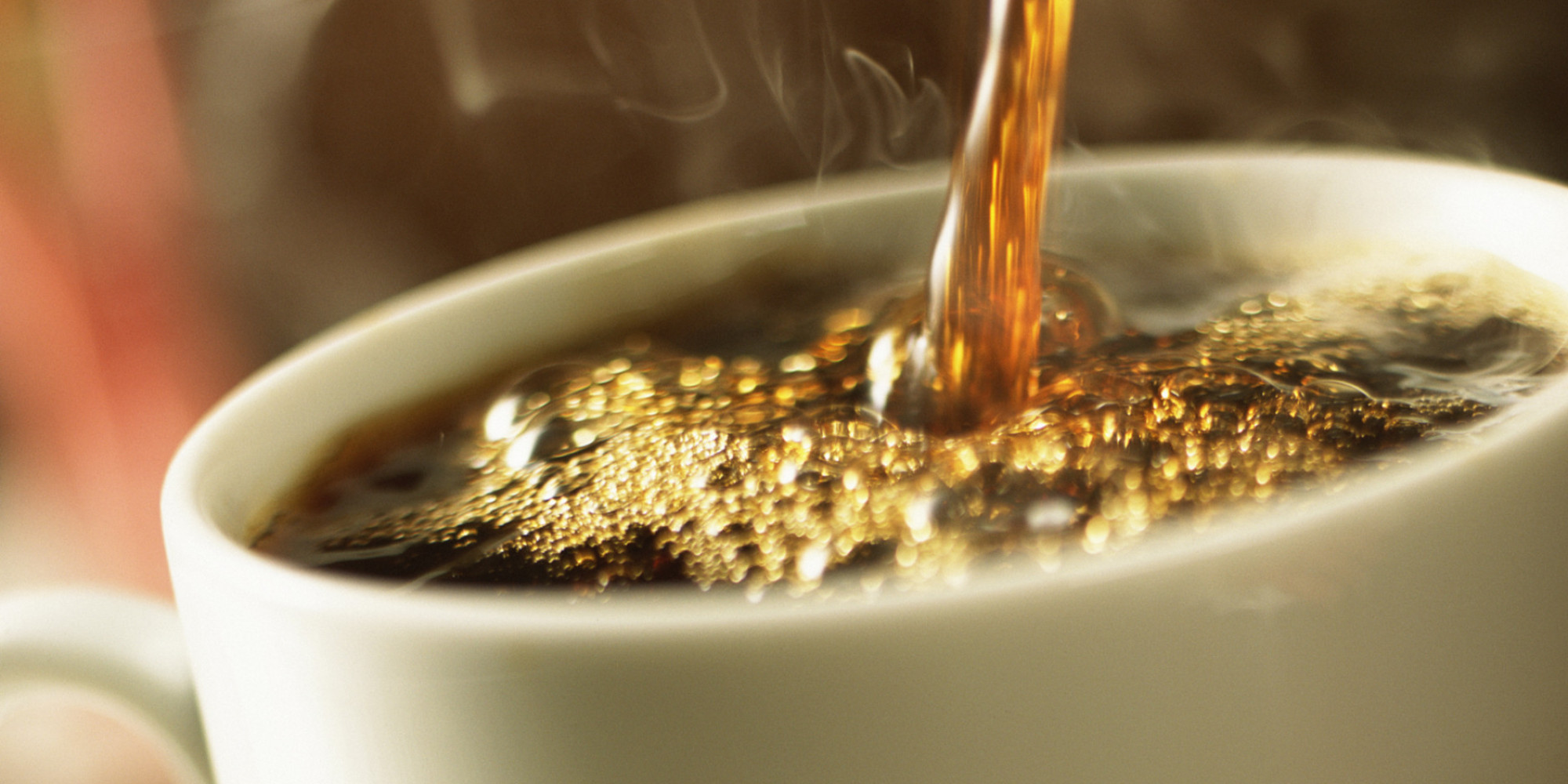
The espresso drink as we know it today, dates back to 1947, when Gaggia presented the first equipment capable of creating consistent high pressure during the shot pulling. The equipment was called Gaggia Crema Caffe and was intended for normal commercial usage. Prior To the Gaggia Crema Caffe nearly every commercial and consumer espresso device was steam driven, similar to the modern day moka pot maker.
The story appeared originally here - What Makes Espresso Special
Espresso is a rich, concentrated coffee beverage. The common serving, a shot, is made by pushing pressurized hot water through finely ground coffee beans.
Espresso has a thicker consistency than coffee prepared by other brewing techniques. It has a higher concentration of suspended and dissolved solids and crema.
Espresso has all of the same aromas of coffee but intensified-- bitter, mildly sweet, acidic, toasty. The precise aroma account will differ depending on the coffee roast. It has a thicker, creamier consistency than coffee.
Espresso isn't a type of coffee bean, although roasting houses may have a special procedure for beans destined to become espresso. Roasters might favor to work with high-quality robusta beans to incorporate an added kick of caffeine.
Espresso or Expresso-- Use the Right Name
The spelling expresso is generally considered inaccurate, though some sources call it a less frequent version. Italy utilizes the term espresso, substituting s for many x letters in Latin-root words; x is not part of the standard Italian alphabet. Italian individuals commonly describe it just as caffè (coffee), espresso being the ordinary coffee to order; in Spain, while café expreso is viewed as the more "official" religion, coffee shop solo (alone, without milk) is the common means to ask for it when at an espresso bar.
Espresso Preparation
Espresso is prepared by pushing hot water through a layer of compressed ground coffee, had in a port-filter. Espresso is a really concentrated coffee, with a lot of aroma, aroma, and body. It has a great deal of coffee oils and solids. One of the most distinguishing characteristics of espresso are the sudsy layer ahead and the reduced volume of the beverage. Pulling a shot of espresso requires training and understanding, have a look at our espresso brewing overview, for an extensive tutorial.
The preparation of espresso is what actually sets it apart when it comes down to it. Because they depend on the slow filtering of hot water through the grounds, other methods of brewing take time. This indicates more minutes in between you and a fresh cup of coffee.
Espresso machines pressurize and push near-boiling water through finely-ground coffee beans packed into a coffee puck. This method gives you a complex, aromatic, and caffeine-packed shot of coffee in under thirty secs.
When brewed appropriately, the espresso under the crema will have an unique, rich taste, silky mouthfeel, and aromatic fragrance. The shorter period of water exposure extracts less acid than various other preparation techniques while still retaining 60% to 70% of the caffeine in the last mug.
Even though espresso takes just 30 seconds to prepare, it still provides a significant quantity of caffeine. The procedure also preserves a lot more aromatic and subtle coffee oils that you won't find in your normal cup of coffee.
Caffeine Content in Espresso Coffee
While espresso has the reputation of being high in caffeine, it all depends on just how much you drink. Since the drink tends to be served in smaller portions than coffee, it can sometimes end up having less caffeine than standard, brewed coffee. Triple and double shot beverages and mixed drinks like red-eyes can up the caffeine level substantially.
Espresso contains 29 to 100 milligrams of caffeine in a single shot, commonly hovering around 75 milligrams. A double shot has 58 to 185 mg. For contrast, a mug of drip coffee can have 80 to 200 mg of caffeine depending on the variety and preparation method.
Espresso has all of the same aromas of coffee but magnified-- bitter, mildly sweet, acidic, toasty. Italian individuals typically refer to it just as caffè (coffee), espresso being the ordinary coffee to order; in Spain, while café expreso is seen as the more "official" term, café solo (alone, without milk ) is the normal way to ask for it when at an espresso bar.
Espresso is prepared by forcing hot water through a layer of compressed ground coffee, contained in a port-filter. Espresso is an extremely strong coffee, with a lot of aroma, aroma, and body. Pulling a shot of espresso calls for training and understanding, take a look at our espresso brewing guide, for a comprehensive tutorial.

 Log in with Facebook
Log in with Facebook 









